The Time For Futures Is Now
Key Points
-
Imagining new possibilities helps us to think beyond the box and identify new ways of thinking about new pathways for students.
-
New technologies and trends that inform new learning models and skills shape new opportunities.
-
We are all futurists and are all capable of imagining what could be.
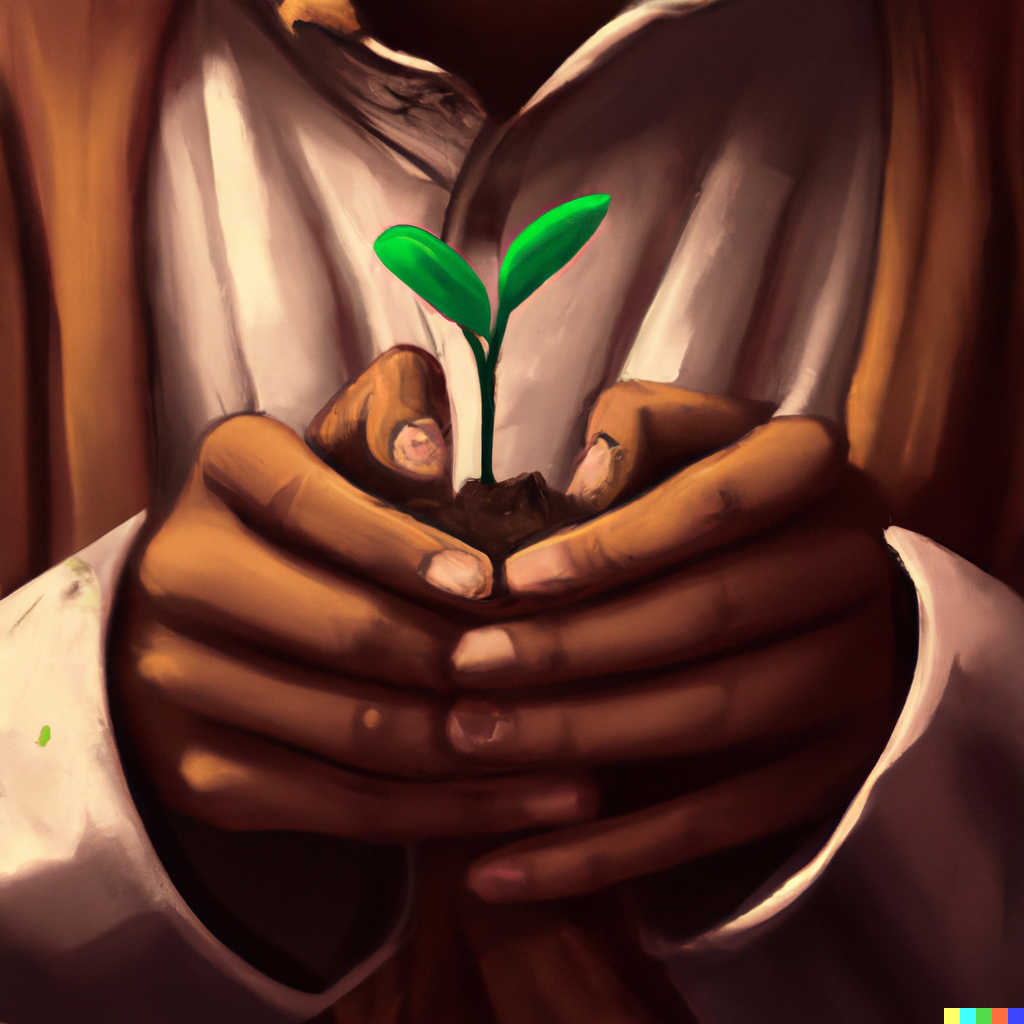
There’s an old adage that says (paraphrasing) we know the past but cannot change it and we do not know the future, but we can shape it. It is possible that perhaps the “unknown unknowns” of the future have never been so evident, and yet, it has never been more important to wayfind as a society. In the last weeks alone, a group of AI leaders have come out and said “mitigating the risk of extinction from AI should be a global priority alongside other societal-scale risks such as pandemics and nuclear war.” This succinct cautioning might be an example of making an “unknown unknown” a “known unknown.” It’s what we do next that counts.
To make this statement, AI leaders are thinking far down the road and weighing the information that they have now with trend data and making the assertion that given disruption, we are dealing with an exponential rather than a linear curve.
Although many of the challenges we face in our VUCA World are immense in scale, scope and significance, thinking about the future doesn’t have to be existential and/or time spans of hundreds of years. In his recent book, Kevin Kelly shares that “we overestimate what we can do in a day and underestimate what we can do in ten years.” This inability to calibrate the relativity of time leads to stifled projections and, often, overpromises or underdelivers.
In a recent workshop with the Stanford d.school, we worked through a variety of exercises that followed a new framework of five approaches they created for encountering uncertainty like a futurist. One of the panelists, Tim Foxx, Director, Center for School Study Councils at UPenn, shared the following words: “For some, to access hope they must harvest it from the future rather than the present.”
This leads us to the first approach, worldbuilding.
Worldbuilding
Worldbuilding is adding rich texture and detail to the futures we imagine. It’s about making futures tangible through complex, considered storytelling. In the words of the d.school, “[it is] an architectural blueprint of a future society […] which allows us to prototype and even experience in multidimensions.” Frankly, we don’t do enough worldbuilding in any industry. What is the possible future that we are collectively imagining? One thing is for certain, we aren’t there yet.
Example: Throughout time, marginalized and oppressed communities have looked to worldbuilding as a way of “harvesting hope from the future”. Afrofuturism is one example of a group using worldbuilding towards a common good. Think Black Panther, the writings of Octavia Butler, the music of Parliament Funkadelic and more.
Example in Schools: In the education world, many folks are discussing an education ecosystem; we recently published a resource on the Unbundled Learning System. This ecosystem, although we have not yet seen a comprehensive picture of what world this might build, is a potential form of worldbuilding.
Trace Change Over Time
It’s crucial to learn from the past, so as not to make the same mistakes. We must “learn to see change in waves of patterns, cycles and trends. [We must] toggle between short-term possibilities and long-term promises.”
Example: Over time we have seen innovations that have followed an exponential growth curve. Whether it be economists measuring wealth, global trade influencing supply chains, etc. By looking at these curves we can better understand the potential impacts of a technology like AI and plan accordingly.
Example in Schools: John Dewey and others were saying many of the things we are saying today in the early 20th century. They were responding to industrialization. What are we responding to? How can we predict the next triggering event rather than react to it?
It’s what we do next that counts.
Mason Pashia
Seek Visions of Coexistence
Possibly the most crucial superpower of the 21st (and perhaps the 22nd century) will be to “learn to dream, imagine and build together.” This superpower differs from collaboration and creativity. It requires a multiplicity of possibilities, a radical empathy and an unrelenting hope.
To paraphrase the poet, author, activist and facilitator Adrienne Maree Brown, “We’re living inside the imagination of someone else.” It doesn’t work for most people and it certainly doesn’t work for the planet. It’s time to imagine a new one.
Jane McGonigle from Institute for the Future says, “When something of massive consequence happens that no one predicted, we often say it was simply unimaginable. But the truth is, nothing is impossible to imagine. When we say something was unimaginable, usually it means we failed to point our imagination in the right direction.”
Example: Alongside the announcement of the Green New Deal, this video was put out as a political advertisement. Regardless of your view on the vision, the willingness to imagine was a welcome respite to the otherwise cynical barrage of political advertisements.
Example in Education: The Knowledge Society, a great program for young people to pursue emerging technologies and global challenges, encourages questioning and visioning the future. To respond to complexity, we will require nimble and powerful learning engines.
Seeing in Multiples
When was the last time a question you asked had a clean and clear answer? This approach to the future empowers you to “see in multiples,” and “allows us to get comfortable with plurality and ambiguity.”
Example: Climate solutions are complex and without seeing in multiples, it would be even more challenging to meet the great demands of the energy transition. Designing solutions that include a variety of energy sources (such as wind, nuclear and solar) is one way that multiplicity can drive change.
Example in Schools: Unfortunately, it is still a rarity to see students on the school board. Although they are the core stakeholder in learning, they are frequently not included in the decision-making because, oftentimes, students are viewed as a vessel to be filled. A multiplicity mindset allows educators to view students as both mentee and mentor; someone to learn from while also being someone to share learning with.
Empathy for the Future
So much of thinking about the future requires us to get outside of our own limited perspective to put ourselves in the shoes of those that we, and the earth, do not yet know. To design a just and equitable future we must first “seek to understand the full range of moral, ethical, social and equitable implications of different futures.”
Example: Roman Krznaric talks about “being a good ancestor.” Too often, we think about the future as a place to deal with our refuse (landfills, non-biodegradable plastics). Empathy for the future is a shift towards compostable goods and a dramatic reduction of single-use plastics.
Example in Schools: We know that innovation and disruption can move rapidly, sometimes overnight. One example of having empathy for the future is preparing our teachers (and thereby our students) with the skills mentioned in this blog. The future will not wait for us to catch up, it’s coming to us.
Imagining new possibilities helps us to think beyond the box and identify new ways of thinking about new pathways for students. New technologies and trends that inform new learning models and skills shape new opportunities. We are all futurists and are all capable of imagining what could be. Every decision we make shapes the reality for future generations. We must embrace not knowing, and prepare ourselves with new tools and mindsets that enable us to grapple with what could be and pay attention to signals that help predict and prepare for upcoming challenges.
Interested in learning more about futures and collectively imagining an education system that works for all learners? Sign up for our What if? Newsletter and get a weekly prompt, as well as join the queue for future design sessions and events.
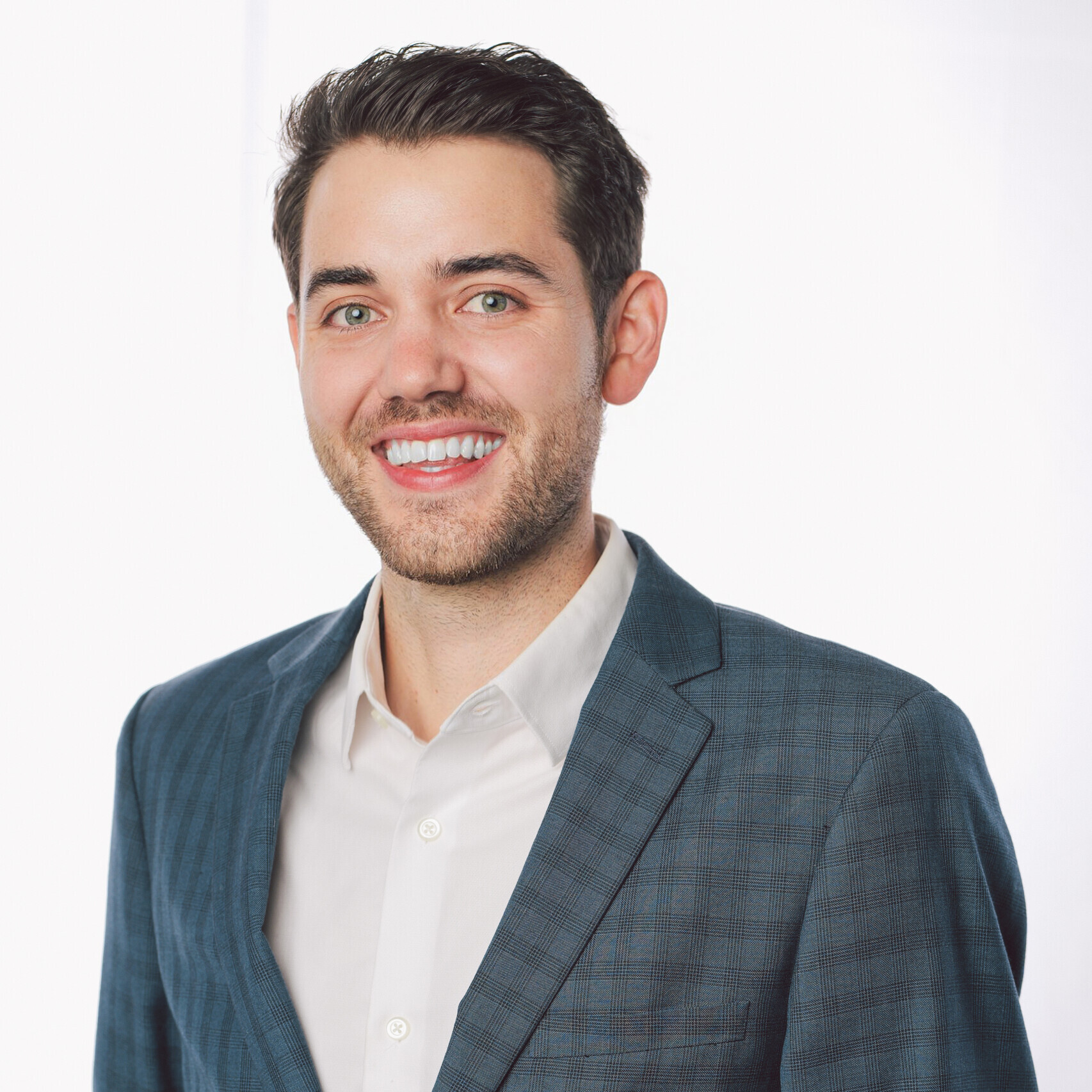
Mason Pashia
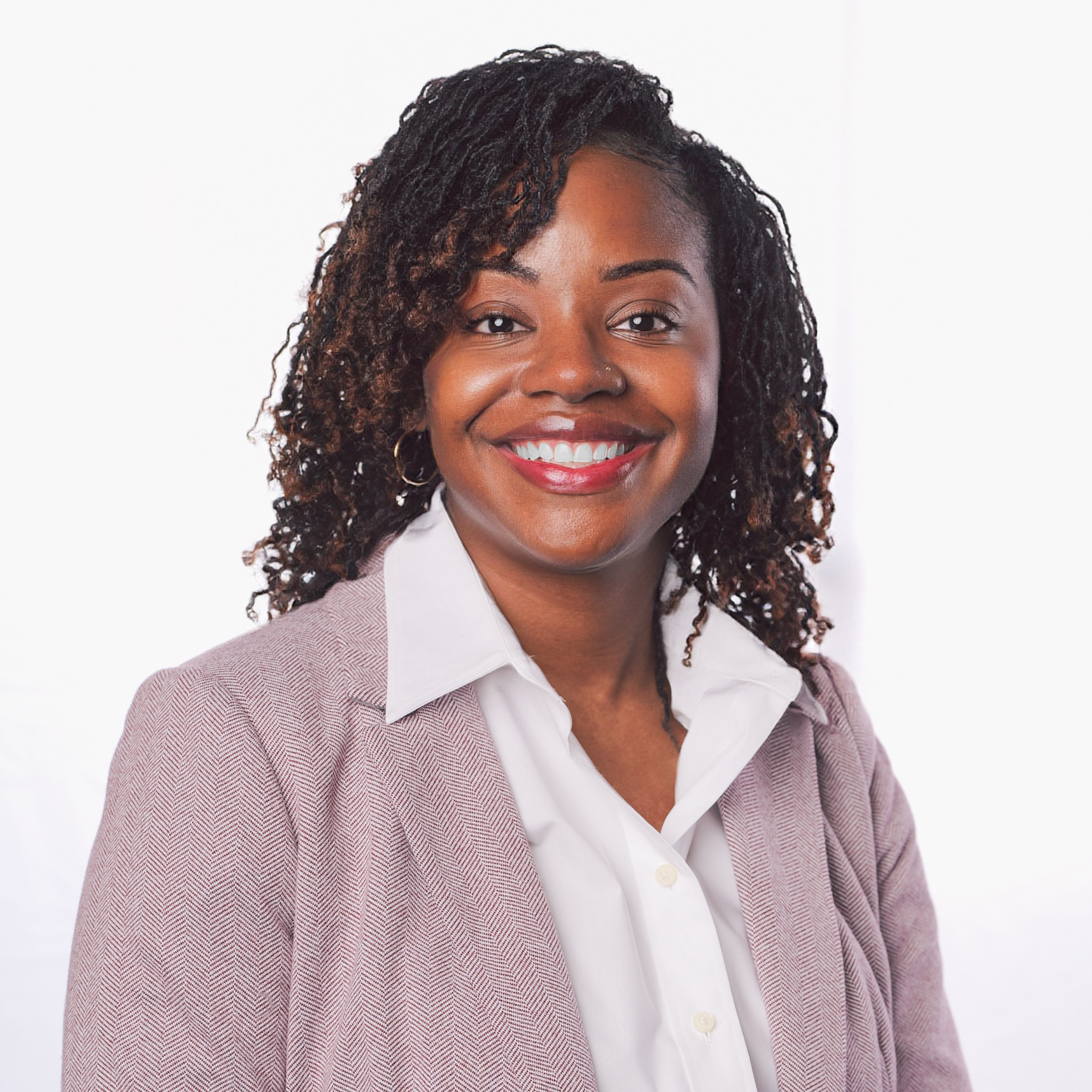


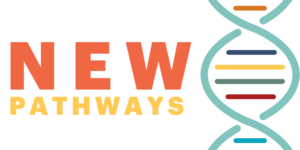
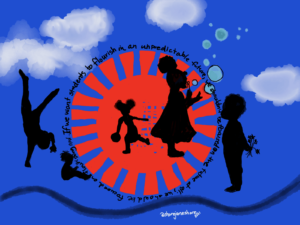
Sheila Aurnia
I totally agree with you all, The time write now requires you to think in a way that no one can think of, with the tech and AI. The next move counts and i am definitely gonna use that quote.